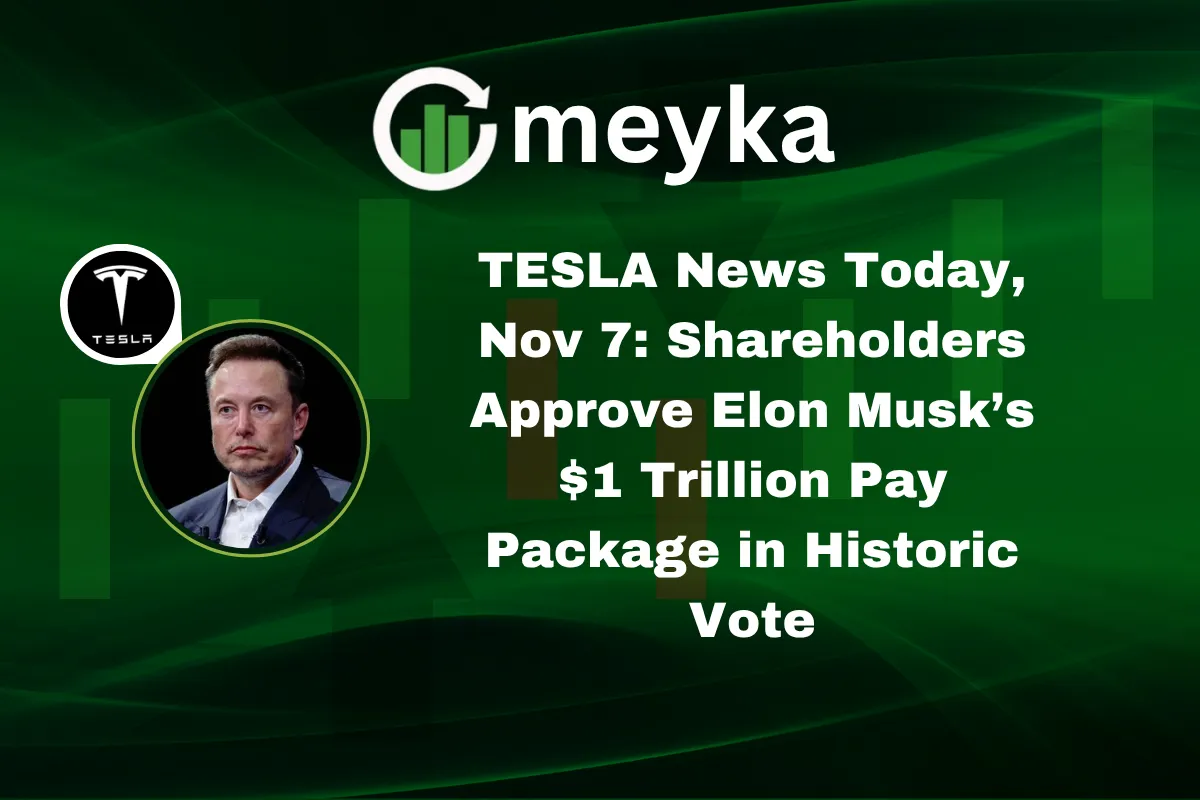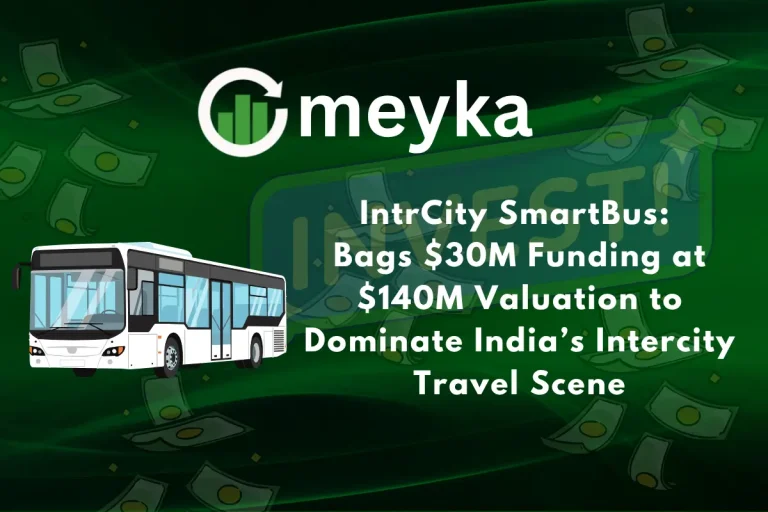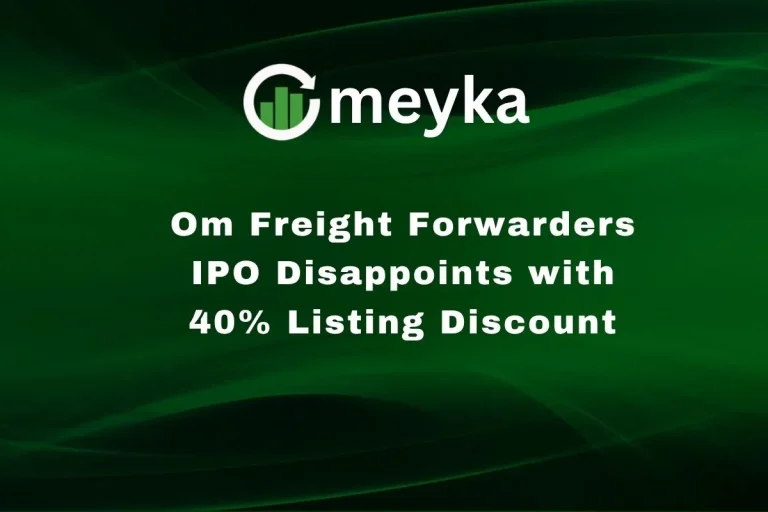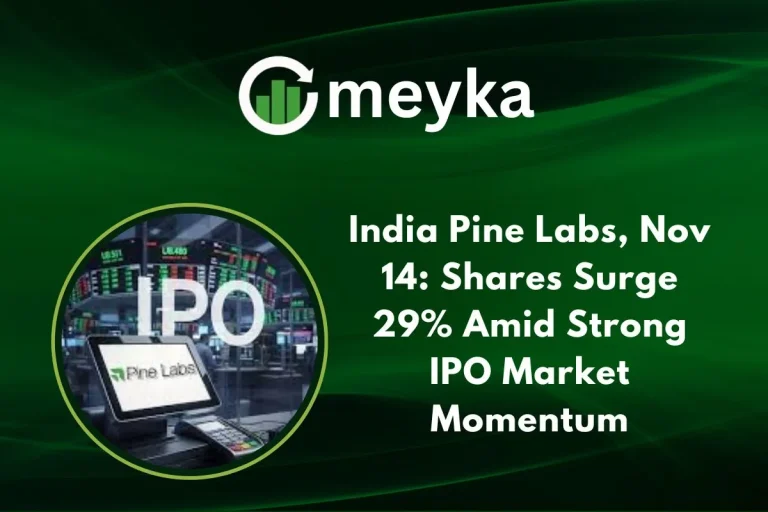TESLA News Today, Nov 7: Shareholders Approve Elon Musk’s $1 Trillion Pay Package in Historic Vote
Introduction
Today, we’re diving into the dramatic vote at Tesla, Inc. (TSLA) where shareholders approved what may become the most ambitious executive compensation package in corporate history. The decision centres on the Elon Musk pay plan, tying his future reward to hefty milestones involving vehicles, robot-taxis and AI. This matters for TESLA and the EV/tech sector because investor confidence just got a visible stamp. For investors tracking TESLA, the approval signals that the board and shareholders believe Musk remains central to the firm’s strategy. The trends behind the vote, what it means for TESLA specifically, and the sentiment rippling across the market.
Industry Trends Driving the Vote
EV, robotics and AI convergence
The vote underscores how the EV industry is morphing into a tech-heavy landscape. TESLA’s push into AI, autonomous vehicles and robotics is now baked into executive compensation. This shows the shift: electric-vehicle makers are competing not just on battery and range, but on self-driving fleets and humanoid robots. For investors, that means the business is less about cars and more about mobility + machines. Looking ahead, this convergence raises stakes—and risk—for companies like TESLA that have leaned into this expansive vision.
Governance and shareholder expectations
Modern investors increasingly demand not just growth but accountability. The approval of Musk’s pay package—despite opposition from major institutional investors—is a signal that many shareholders still trust the leadership at TESLA. This matters because it frames the broader theme of governance in high-growth firms. For TESLA, the vote suggests the board believes the reward structure aligns Musk’s incentives with shareholders’ long-term goals. For investors, this means the company’s governance model is being tested—and shareholders have given it a green light, at least for now.
What the Pay Package Means for TESLA
Details of the Musk compensation plan
In the vote held on November 6, 2025, in Austin, Texas, over 75% of the shares voted in favour of the package. The package could be worth up to $1 trillion, contingent on ambitious targets (for example, TESLA must grow its market cap from current levels above $1.5 trillion to $8.5 trillion, deliver ~20 million vehicles over ~10 years, roll out ~1 million robot-taxis and humanoid robots). Critically, if all milestones are achieved, Musk would receive up to about 12% of TESLA shares.
Investor-specific implications
For TESLA shareholders, this approval suggests two main things: (1) Musk remains central to TESLA’s future, and (2) the company is committing to a moon-shot strategy, not a low-risk incremental business. This could benefit long-term holders if the growth vision materialises, but it also heightens risk. If TESLA falls short on these ambitious targets, the dilution from large share grants may weigh on returns. For investors, understanding that the risk-reward balance is key.
Market Sentiment & Investor Reaction
Signals from the shareholder vote
The strong vote-in favour sends a positive sentiment signal: shareholders are willing to back bold strategy. Even so, some major players resisted — for instance, the Norges Bank Investment Management (Norway’s sovereign wealth fund) opposed the deal citing concerns over size and dilution. For the market, this implies a nuanced reaction: confidence in Musk but caution among governance watchers.
Broader implications for stock performance
In the immediate aftermath, TESLA shares rose over 3% after hours on the news. That uptick reflects relief that the vote passed. However, looking ahead, investors will shift focus to execution rather than approval. The key takeaway: shareholder sentiment matters, but performance will define market reaction. For TESLA stock, the road ahead is now tied to hitting those milestones.
Conclusion
In summary, the approval of this historic pay package for Elon Musk at TESLA marks a bold reaffirmation of the company’s future direction. For investors, it signals that TESLA is doubling-down on growth in EVs, autonomy and robotics. However, while the vote removes a governance overhang, the real test lies ahead. Execution risk is high, and while the upside is large, so is the deviation risk. For long-term investors in TESLA, the actionable takeaway is this: monitor milestone progress closely, assess potential dilution, and maintain a clear view of how TESLA’s roadmap aligns with your investment timeframe. This vote was striking … now the strategy must match the ambition.
FAQs
TESLA shareholders approved a performance-based compensation plan for Elon Musk that could award up to ~$1 trillion in stock over roughly ten years, contingent on targets like achieving a market cap of ~$8.5 trillion, delivering ~20 million vehicles and deploying ~1 million robot-taxis/humanoid robots.
The package is significant because it signals that TESLA’s board and shareholders are backing a very ambitious long-term growth strategy. For investors, that means TESLA is less a traditional automaker and more a tech/robotics growth story — with higher rewards and higher risks.
Yes. The main risks include: if TESLA fails to hit ambitious milestones, the large share grants could dilute existing shareholders; governance concerns remain; and the market’s willingness to reward execution over rhetoric will be tested. For investors, these risks mean it’s essential to keep execution metrics in focus.
Disclaimer:
The content shared by Meyka AI PTY LTD is solely for research and informational purposes. Meyka is not a financial advisory service, and the information provided should not be considered investment or trading advice.






